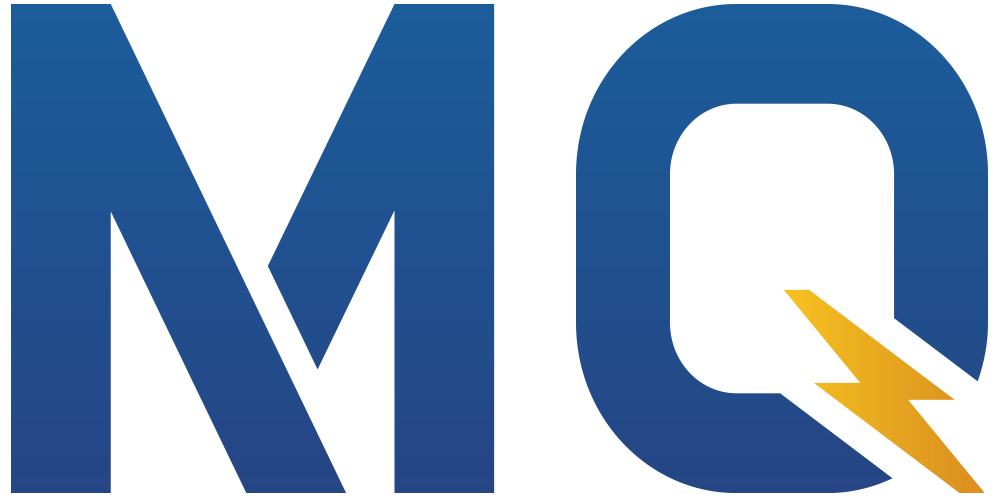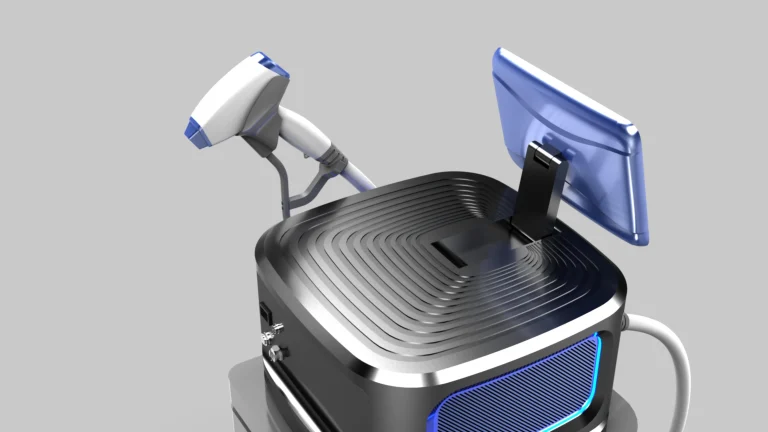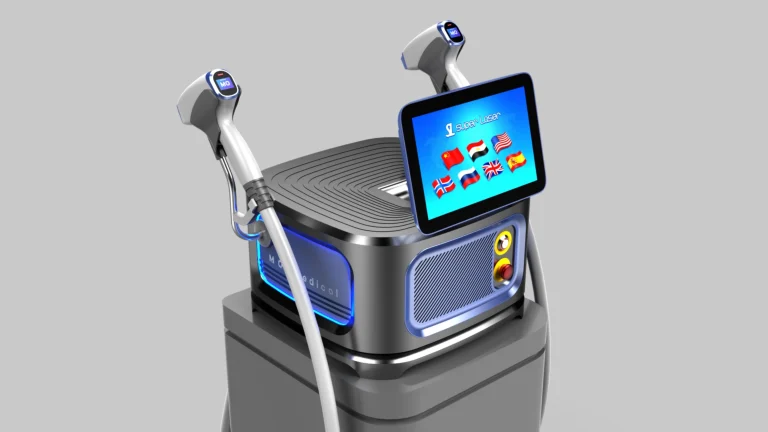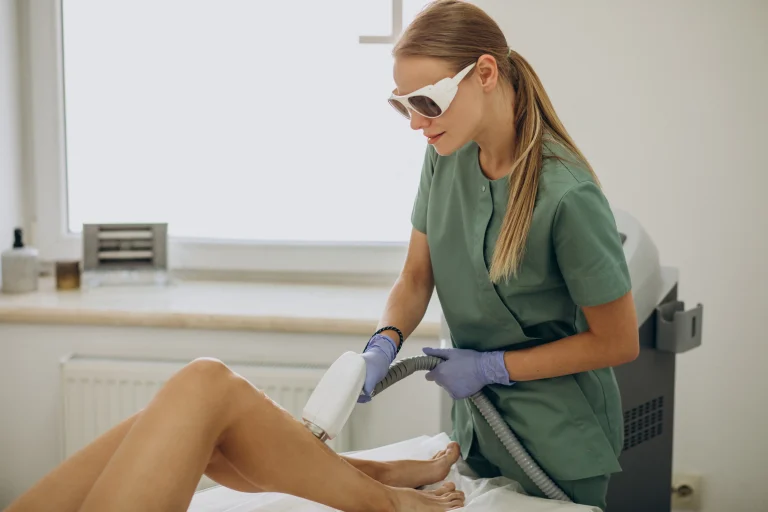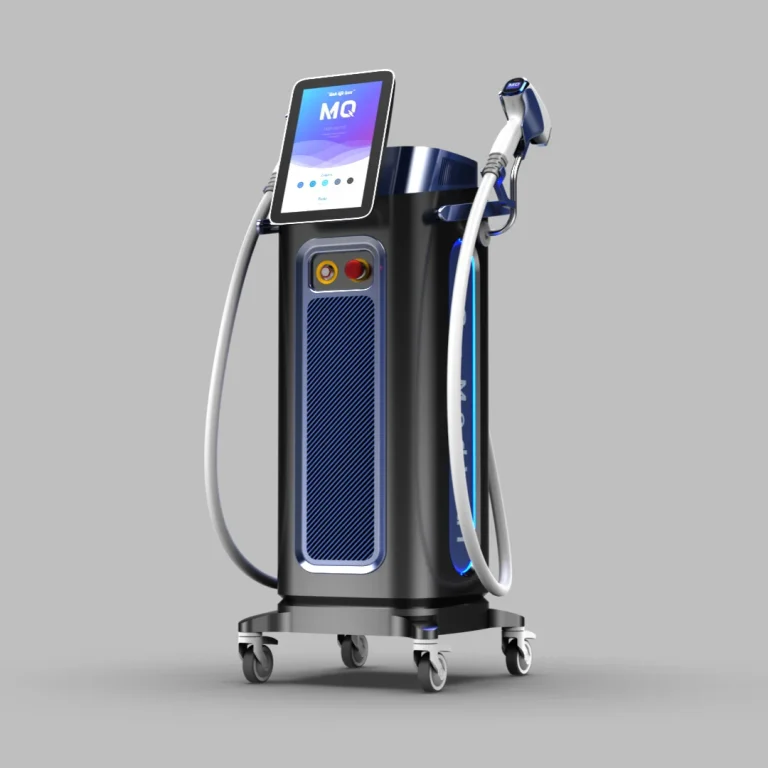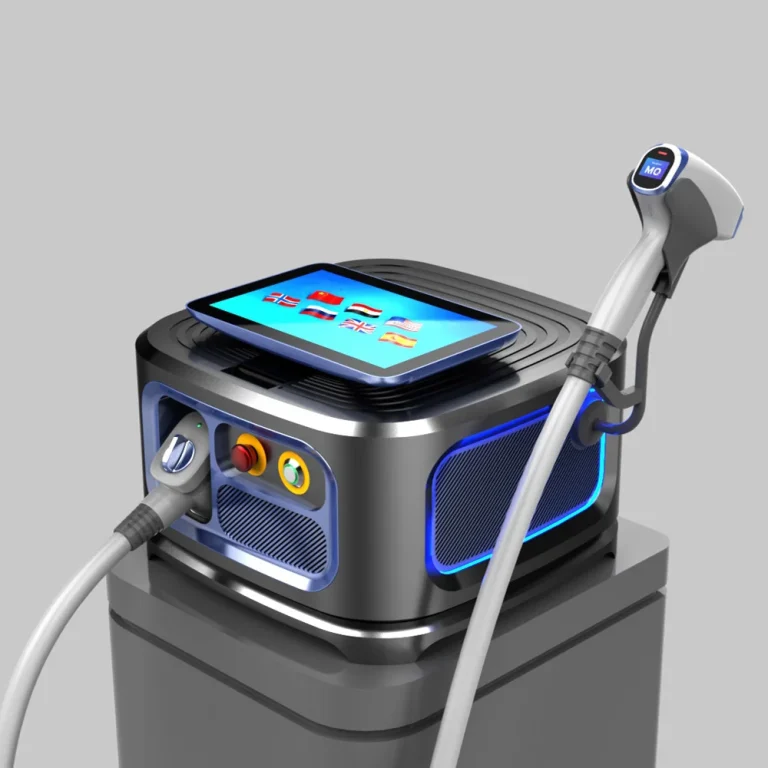The Internet of Things (IoT) is a technical concept and application model based on the Internet. It refers to a network system that connects various physical devices, sensors, software and other technologies through the Internet so that they can communicate with each other and exchange data.
1. Intelligentization and interconnection of medical equipment
Data collection and transmission:
IoT technology enables medical equipment to collect patients’ physiological data in real time, such as blood pressure, heart rate, blood sugar, etc., and transmit these data to doctors or medical information systems through the network.
This real-time data transmission helps doctors obtain patients’ health status in a timely manner, so as to make more accurate diagnosis and treatment decisions.
Equipment monitoring and management:
IoT technology can monitor the operating status of medical equipment in real time, including frequency of use, maintenance status and fault alarms.
This helps medical institutions better manage equipment, predict the service life of equipment, and perform preventive maintenance, thereby reducing maintenance costs and improving equipment utilization.
2. Telemedicine and health management
Remote monitoring and diagnosis:
IoT technology enables doctors to obtain patients’ physiological data in real time through telemedicine platforms, and conduct remote monitoring and diagnosis.
For patients in remote areas or with limited mobility, this means more convenient access to medical services.
Smart wearable devices:
Smart wearable devices such as smart watches and health trackers can monitor users’ physiological data in real time and synchronize these data to mobile phones or medical information systems.
These devices not only provide users with personalized health management solutions, but also can issue alarms in time in abnormal situations to remind users or doctors to take necessary measures.
3. Optimization of medical service processes
Medical supplies management:
IoT technology can be used to track and manage medical supplies, including medicines, medical devices, etc.
Through IoT technology, medical institutions can understand the inventory, usage and expiration date of materials in real time, thereby optimizing the procurement, storage and use process of materials.
Medical service quality management:
IoT technology can also be used to manage and monitor the quality of medical services.
By collecting and analyzing data in the medical service process, medical institutions can evaluate the work of doctors, patients’ medical records, etc., thereby optimizing the resource allocation of medical services and improving the quality and efficiency of medical services.
4. Data security and privacy protection
Data encryption and transmission security:
The application of IoT technology on medical equipment needs to ensure the security and privacy of data.
By adopting data encryption technology, secure transmission protocols and other measures, patients’ health data and personal privacy information can be protected from being leaked or abused.

